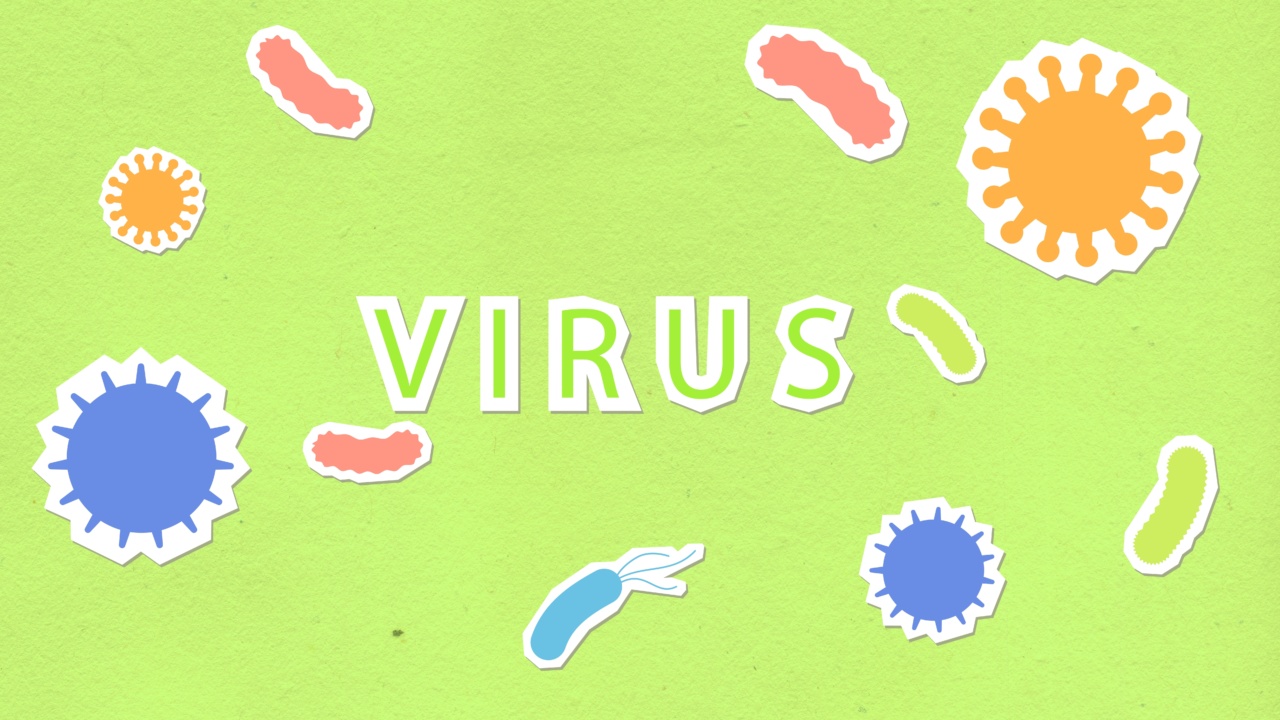Scientists have raised the alarm for a type of fungus that has been found to be capable of causing an epidemic on a global scale. The fungus, known as Candida auris, was first identified in Japan in 2009 and has since spread across several continents.
The concern is that the fungus is resistant to multiple types of antifungal medications, making it difficult to treat and control.
What is Candida auris?
Candida auris (C. auris) is a type of yeast that can cause severe infections in hospital and nursing home settings. The fungus can cause bloodstream infections, wound infections, and ear infections, among others. C.
auris is typically found in invasive medical procedures such as surgeries, catheterizations, and ventilator use.
The fungus was first identified in 2009 in Japan and has since been reported in at least 30 countries worldwide.
In some countries, the fungus has become endemic in hospitals and healthcare facilities, posing a significant threat to patients with compromised immune systems and underlying health conditions.
Why is Candida auris a concern?
The primary concern with C. auris is its resistance to multiple types of antifungal drugs. The fungus can cause severe infections that can be difficult to treat, leading to prolonged hospital stays, higher healthcare costs, and a higher risk of mortality.
Additionally, the fungus can persist on surfaces and equipment, increasing the risk of transmission in healthcare facilities.
Another issue is that C. auris can be difficult to identify, as it resembles other types of Candida fungus that are more common and less dangerous. Misidentifying the fungus can lead to ineffective treatment and further spread of the disease.
How is Candida auris spread?
C. auris is primarily spread in healthcare settings, such as hospitals and nursing homes. The fungus can colonize on surfaces, equipment, and the skin of healthcare workers, enabling it to spread from person to person.
The fungus can also be spread through contaminated medical equipment and devices, such as catheters and ventilators.
Because C. auris can persist on surfaces and equipment, it can be difficult to control its spread in healthcare facilities.
Standard cleaning and disinfection procedures may not be effective, and additional measures such as using specialized disinfectants and isolating infected patients may be necessary.
What can be done to prevent an epidemic?
Preventing an epidemic of C. auris will require a coordinated effort among healthcare providers, public health agencies, and policymakers. Some measures that can be taken include:.
- Enhanced surveillance to identify and track cases of C. auris
- Developing and implementing infection prevention and control measures in healthcare settings
- Improving diagnostic capabilities to accurately identify C. auris infections
- Developing new treatments for C. auris that are effective against drug-resistant strains
- Increasing public awareness of the risk of C. auris infections and the steps that can be taken to prevent them
Conclusion
C. auris is a serious threat to global public health, and the risk of an epidemic cannot be ignored.
Healthcare providers, public health agencies, and policymakers must work together to develop and implement effective prevention and control measures to contain the spread of the fungus and protect vulnerable populations.































